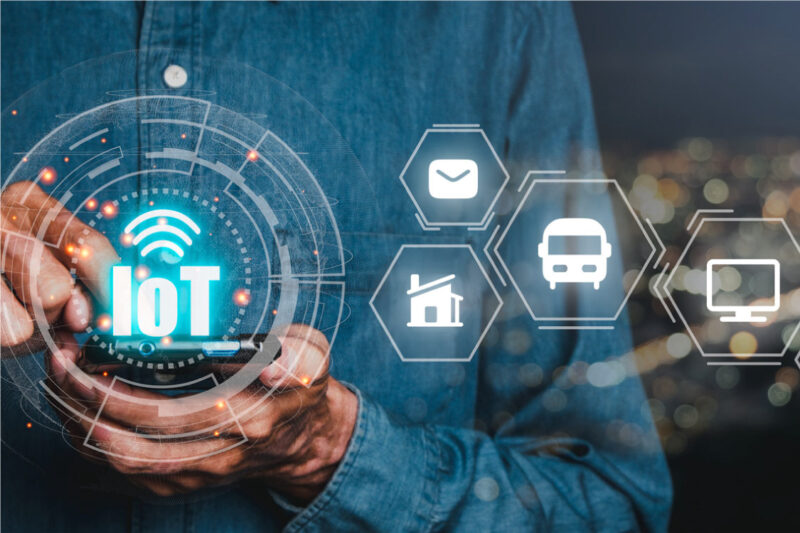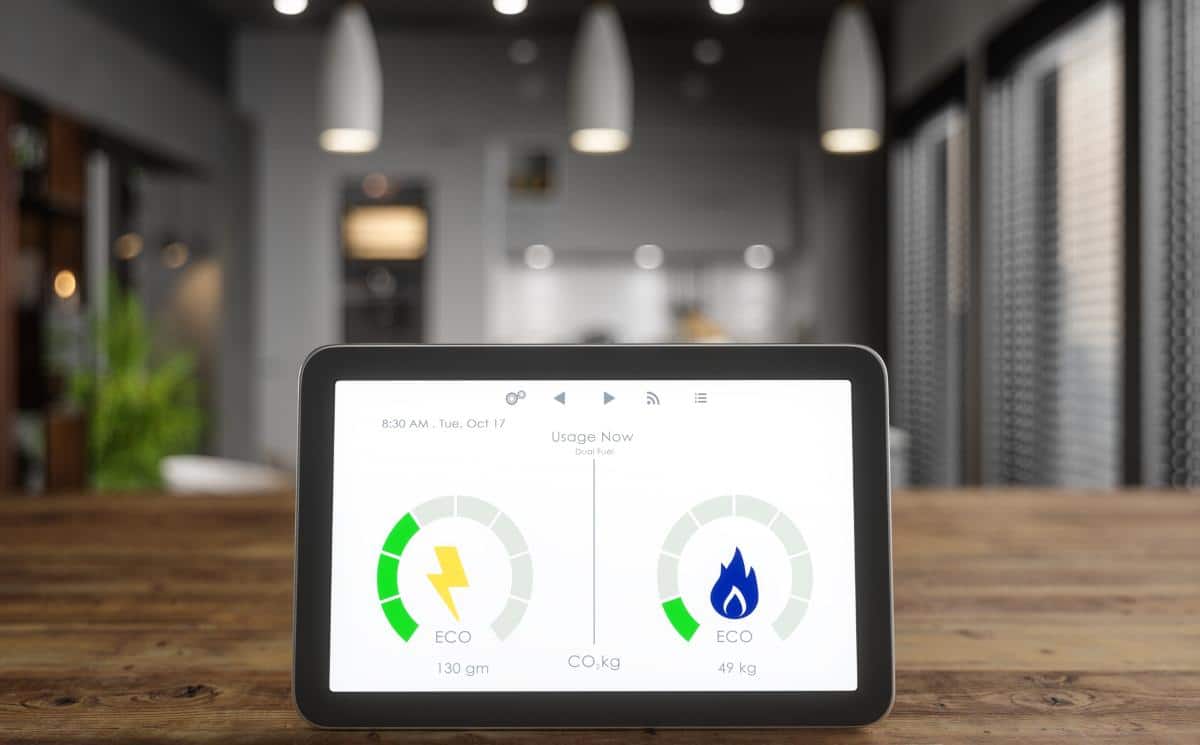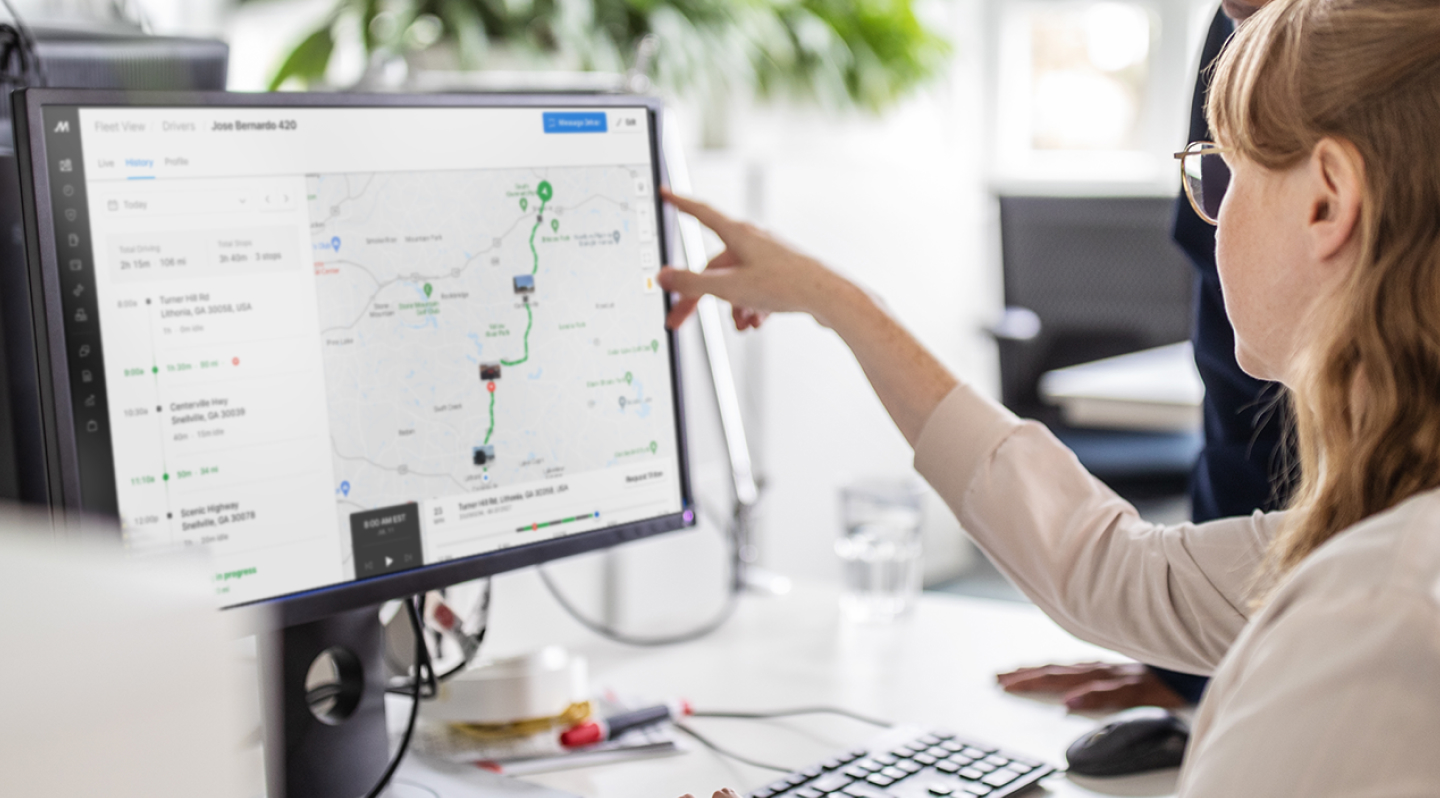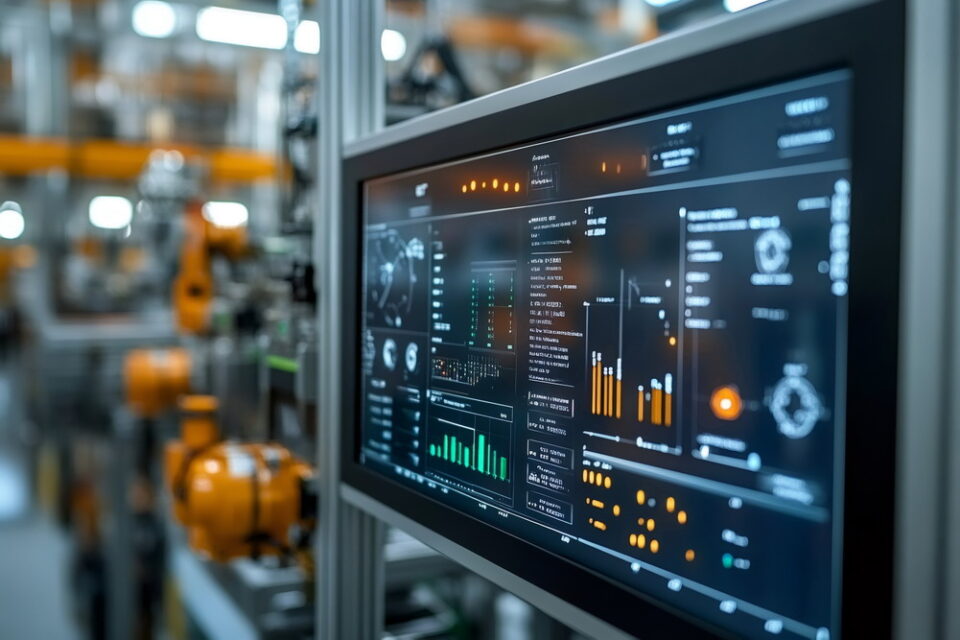Modern technology now allows businesses to monitor assets and operations remotely through the internet and connected devices. This remote monitoring gives companies greatly improved visibility and insights compared with past manual tracking methods. Managers can see real-time statuses and receive alerts to problems instantaneously rather than waiting for delayed written reports.
Monitoring Equipment, Inventory, and Shipments
Supply chains and warehouses now leverage remote monitoring more than ever, thanks to affordable LoRa IoT devices with long-range connectivity.
According to the people at Blues IoT Solutions, these compact wireless sensors attach easily onto pallets, containers, or equipment to track locations and conditions during transport or storage. Data like temperature, motion, humidity, and ambient light get logged constantly via national low-power networks specialized for IoT infrastructure.
Numbers are transmitted to user-friendly software dashboards for time trend visualizations, heatmaps showing environmental extremes, and status alerts if preset limits are breached, signaling potential item damage or theft.
This remote oversight on critical inventory gives managers much better command over supply chain risk factors that historically caused unplanned costs. For example, archival paper products degrade quickly when exposed to humidity fluctuations and mold growth in poorly climate-controlled transport vehicles or warehouses.
IoT sensors able to flag condensation events long before visible fungus emerges help reroute the affected goods faster to prevent write-offs after arrival. Likewise, medically sensitive items rely greatly on maintaining strict, stable temperatures across cold chains spanning factories, seaports, and healthcare facilities.
Dashboards displaying historical graphs with exact sensor readings at every checkpoint offer proof to customers and regulators that handling followed the guidelines. This covers liability while also instilling trust, which wins more recurring business over organizations lacking such tangible transparency.

Monitoring Energy Usage
Facility managers also use specialized internet-linked power meters for closely monitoring building energy usage from afar. Historical utility data often got reported only in monthly aggregate summaries that obscured opportunities for improvement. Advanced smart meters record granular consumption trends on circuits, floors, or equipment down to 15-minute intervals instead.
This pinpoints over usage from particular areas, helping inform upgrade decisions like LED lighting retrofits, automated climate controls, or changes around unobserved employee behaviors after hours. Meters connect to cloud analytics dashboards that allow remote oversight of live energy spending and comparison of experimental conservation initiatives against past normal baselines.
The number crunching highlights successes for doubling down while cutting ineffective plans that waste money trying to deliver phantom returns. Having exact visibility empowers organizations to shrink energy costs by over 20 percent annually without decreased building performance.

Monitoring Security and Safety
Another way businesses use remote connectivity for risk mitigation involves campus security and employee safety systems. IoT devices like surveillance cameras, access control sensors on doors, and even gunshot detection microphones all contain onboard processing for localized alarm triggers before firing alerts to personnel for investigation.
This gives a head start when responding to threats compared with legacy solutions relying solely on guards for detection while patrolling premises. Operators in command centers also have access to dashboards analyzing feeds from multiple locations in real-time. Quantified metrics like visitor foot traffic, facility occupancy levels, and response reaction times to incidents facilitates continual optimization of protocols and staffing assignments using historical data trends rather than just gut feelings.
For staff safety, workers in hazardous roles wear internet-linked panic button pendants, heart rate monitors, or SOS signaling wristbands that pinpoint positions if accidents occur. GPS coordinates get transmitted to emergency dispatchers immediately after confirmed incidents so that first responders waste no time locating and treating injuries.
Managers have dashboards highlighting areas of frequent near misses based on anonymized aggregate safety data, so those risky zones receive proactive mitigations like railing installations to prevent recurrences. All organizations bear legal duties for maintaining reasonably safe worksites, so having IoT systems continuously monitoring hazards in and around company facilities provides helpful evidence that responsibilities get taken seriously.
Live remote oversight also assists proactively with crisis scenarios beyond typical security incidents. IoT sensors able to detect toxic gases, explosive compounds, radiation levels and other threats empower administrators to make smart real-time decisions during emergencies. Ventilation systems locate points of airborne contamination while building lockdowns route occupants away from recognized hazards automatically.
GPS locators track employee positions for efficient headcounts and confirmed evacuations if needed. Having reliable situational intelligence from IoT infrastructure, even in extremely low visibility conditions, helps leaders enact response plans that minimize danger with decisive confidence. This capability protects both lives and reputation when scrutiny surrounding crisis preparedness accelerates in aftermaths.

Optimizing Workflows and Production
Finally, connected IoT sensors help managers better understand facility workflows and manufacturing production processes. Mounting cameras and proximity detectors near key bottlenecks like loading docks clearly quantifies traffic patterns across days, weeks, and seasons.
Routing adjustments or staggered shift changes might better distribute pickups and deliveries to reduce queues, wasting paid driver hours. Production managers utilize similar data to pinpoint under-utilization of particular stations or teams. This indicates where cross-training could help redistribute labor for improved throughput.
Analysts also identify inconsistencies between planned manufacturing stages and reality by monitoring sensor outputs wired to critical machinery, like oven temperatures or chemical reactor valves. Early insights on deviations like shortened bake times accidentally producing defects gets communicated back to engineers so adjustments prevent entire batch losses. Across administration, historical analytics inform everything from accurate sales forecasts to predictive supply inventory orders using the best data possible.

Conclusion
Monitoring key business assets and workflows using compact networked IoT sensors provides transformational visibility compared to past manual tracking and guesstimates. The affordable long range connectivity and cloud analytics now available empower every industry to tap into granular real-time data trends revealing critical insights.
From supply chain logistics to energy conservation and workplace safety, remote oversight unlocks major new optimization opportunities that drop costs while simultaneously improving product quality and employee conditions.
What gets measured gets managed, so implementing expanded monitoring via LoRa devices marks a milestone ready to drive operational efficiency into uncharted territories.

